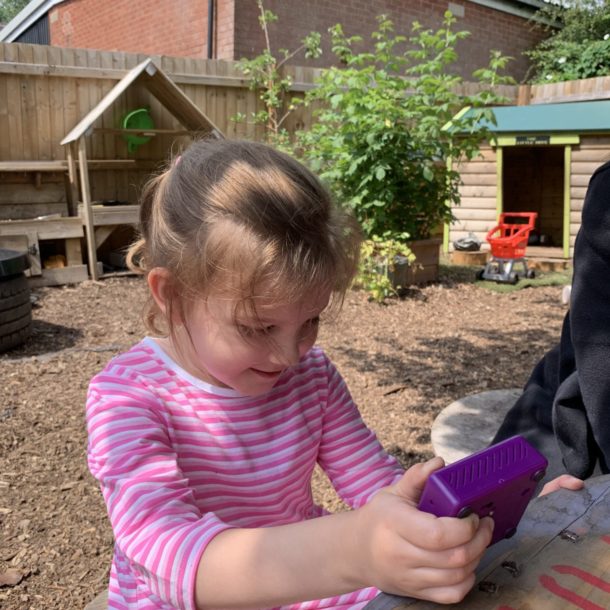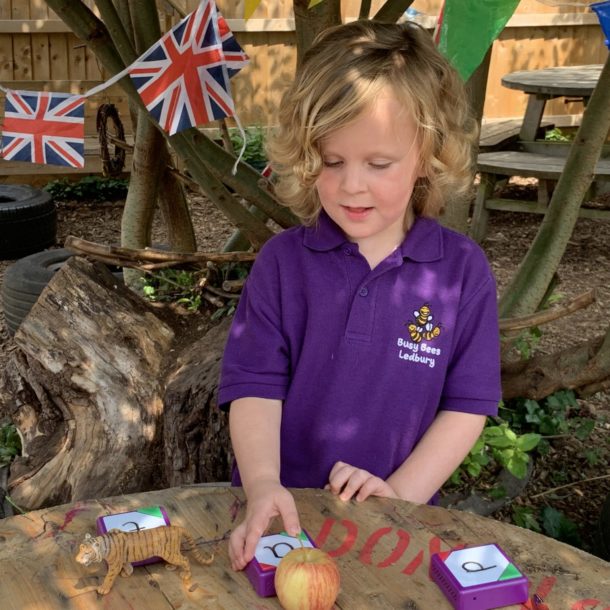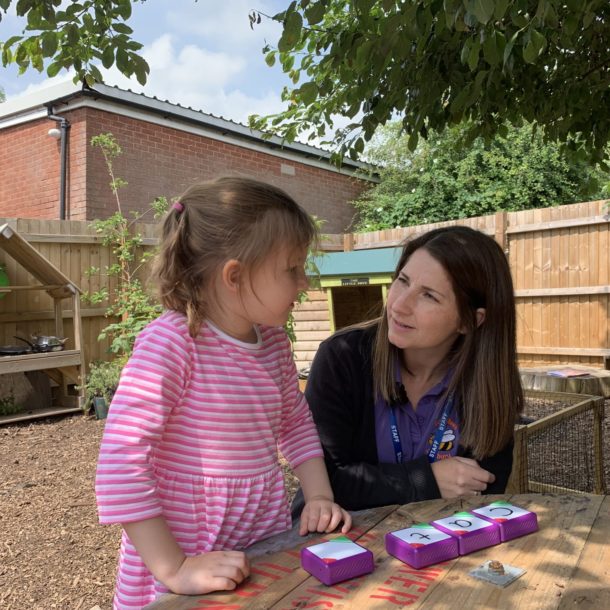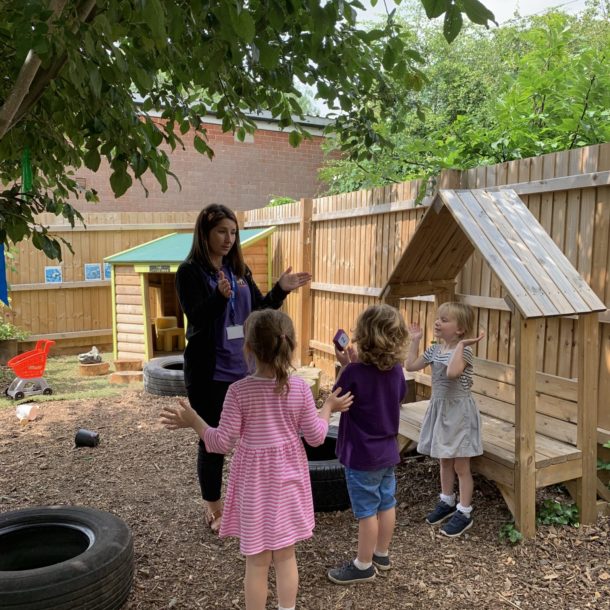As talking, listening and language is a prime area of the Early Years Foundation Stage (EYFS), the importance of providing time and space for children to talk, listen and understand is paramount. When I was offered the chance to trial the Clever Tiles by TTS, I was excited to explore the ways in which the resource could enhance play and learning.
The product is super impressive! (As I found out after playing with the product myself.) The Clever Tiles were easy to use, had huge potential for linking to all areas of learning and development and most of all…were fun! Clever Tiles are not just clever but extremely easy to use to record and play back. The buttons are just the right size for little fingers and the wipe clean surface on each tile is a fantastic addition. Each tile can hold a 10 second recording and they play back clearly and at a good volume level.
My head was full of ideas of ways in which they could be used but I wanted to involve children too. The children, aged three and four, had time to explore them as I explained what the buttons did and how they worked. It wasn’t long before they were recording and playing back their own voices, completely independently.
The Clever Tiles are incredibly adaptable so there were many ways in which I used them. I’ll touch on a few successful experiences to give you some idea of their flexibility and links to the EYFS.
Phonics matching made easy.
One of the popular activities with the preschool children was a phonics matching game. Using a whiteboard pen, I wrote a letter on each Clever Tile and recorded the corresponding sound. They pressed the button, used their listening skills and chose an item from a basket begin with that sound. The letter written on the wipe clean tile allows children to link the sound to a letter. The children also had a go at recording the sounds into the tiles themselves – great for children who find pronunciation a little tricky.
Listen and write.
Recording sounds into the Clever Tiles and then getting children to have a go at writing the letter on the wipe clean surface was also a successful activity. Children are engaged through the cause and effect relationship that this interactive resource provides. They can have control over their involvement, pressing the buttons as many times as they like to listen to sounds or record their own, building their speaking skills. I used them for blending sounds, helped through the magnetic fixtures on the tiles which mean they stick together. Children can press the play button on each tile in sequence, blending the sounds together to make a word and write the letters on the tiles to compose the word.
Active learning of attention skills and mathematics.
The Clever Tiles were also used for an activity which linked listening and attention, mathematics and physical development. I recorded short instructions into the tiles and hid them around the garden. On each one, I’d written a number on the wipe clean surface so the children could find them in order from one to ten. When the children pressed the play button, they would hear a short instruction, such as “Can you do ten star jumps?” or “Clap your hands five times.” There was lots of activity as the children carried out the instruction then raced around the garden, searching for the next Clever Tile.
Sequencing and team work.
A popular story we had recently enjoyed was The Runaway Pea. We used the Clever Tiles to sequence the story with sections recorded in short bursts. The children worked together to organise the tiles in the correct order to tell the story. It was also lots of fun to record our own versions of the story to share with each other!

Children can use the tiles to record their own voice or listen as many times as they like in order to work things out and get them right.
Building partnerships with home.
The interactive nature of the tiles appeal to children’s curiosity and sense of wonder, offering many ways to use them in Early Years and beyond. Using the tiles to explore rhyming, labeling and sequencing is something I find particularly interesting. As some of the cohort do not speak English as their first language, I plan to send some of the tiles home for parents to record words and phrases in their home language. This will continue to develop our partnership with parents but also give the child a sense of belonging in our setting community.
It was incredible to see the children independently using the Clever Tiles, working together or individually, to play and record. As children explored and investigated, many characteristics of effective learning could be observed throughout the activities. I’m very excited to discover how else the Clever Tiles can impact on play and learning.
This blog was written by Emma Davis, an EYFS practitioner.





